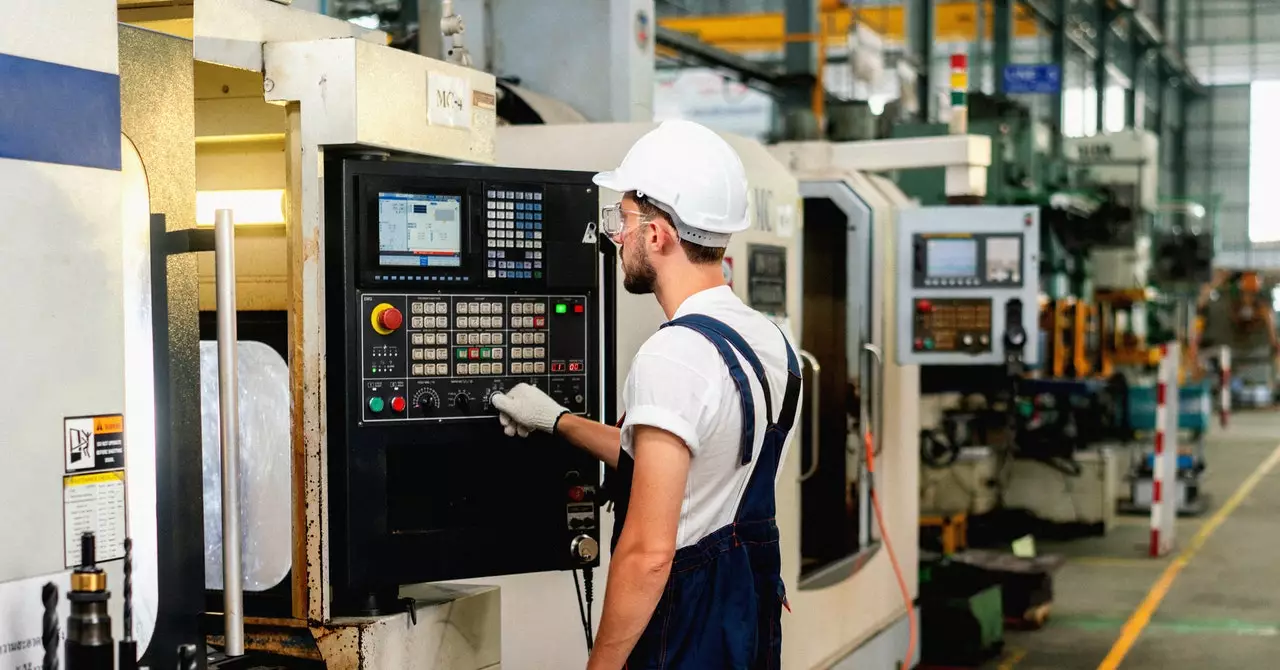Manufacturing has remained a bedrock of industrial advancement since the dawn of the 20th century. Among its critical components is the steel ball bearing, a seemingly simple yet essential part used in countless applications, from machinery to automotive engines. Despite the basic functionality of machines for grinding steel ball bearings remaining unchanged over the past century, the surrounding processes have rapidly evolved. This transformation is largely spearheaded by automation and the introduction of advanced AI technologies that promise to tackle inefficiencies and enhance product quality.
The journey of ball bearings in modern factories begins with raw steel wire, which is cut into rough spheres. These rough forms undergo a series of hardening processes, typically in furnaces, before being polished into their final, precision-engineered shape through a succession of grinders. Today’s grinding machines, though they maintain the principles developed over a century ago, are now integrated with automated systems that streamline operations through the use of conveyor belts. The manual oversight of these processes has diminished significantly, allowing human workers to focus on troubleshooting potential issues.
However, despite strides in industrial automation, defects remain a challenge. Even state-of-the-art testing mechanisms may struggle to pinpoint the root causes of inconsistencies in the finished products. The complexity of modern manufacturing means that a defect could arise from multiple sources, such as misaligned equipment or worn-out tools. Therefore, identifying the precise cause often requires an elaborate investigative process, necessitating a nuanced understanding of data from various points along the production line.
As manufacturers continue to seek greater efficiency and quality control, the task of monitoring and diagnosing faults in production processes becomes increasingly vital. The emergence of Microsoft’s Factory Operations Agent marks a significant advancement in this area. Designed to operate like a conversational assistant, this AI-driven tool harnesses large language models to analyze vast amounts of operational data and articulate solutions to complex issues.
For instance, if a factory worker raises a query regarding an unexpected uptick in defect rates, the AI tool can parse through the data spanning the entire production line to provide insights. This capability empowers workers to isolate issues more quickly, potentially saving time and resources that would otherwise be spent on trial-and-error troubleshooting.
One of the notable advantages of the Factory Operations Agent is its integration with existing data analytics systems, such as Microsoft Fabric. Schaeffler, a prominent player in the manufacturing of ball bearings, has positioned itself as a pioneer in utilizing this technology. By training the AI with a global dataset drawn from its numerous plants, Schaeffler has unlocked a new dimension of data analysis that was previously limited by traditional manufacturing methods.
Stefan Soutschek, Schaeffler’s vice president of IT, emphasizes the importance of this comprehensive data analysis. While the chatbot-like interface of the agent serves as a user-friendly access point, the underlying operational technology platform essentially becomes the brain behind the tool’s insights. This hybrid approach elevates manufacturing efficiency by leveraging detailed analytics that thoroughly examines each facet of production.
Despite the augmented capabilities ushered in by technologies like the Factory Operations Agent, it is crucial to understand the limitations associated with current AI systems. These agents do not think or act autonomously; rather, they rely on user input to provide data-driven answers. The paradigm shift is not about machines making decisions but rather enhancing data accessibility for human workers, allowing them to make informed choices backed by comprehensive analysis.
The ongoing evolution toward automation and AI within manufacturing, especially in processes as integral as ball bearing production, showcases the potential benefits of these technologies. While the basic grinding machines have served the industry for over a century, the surrounding systems are evolving rapidly, promising improved product quality, operational efficiency, and effective problem resolution. As industries continue to adapt to emerging technologies, they pave the way for a future where precision, efficiency, and innovation coalesce seamlessly.

